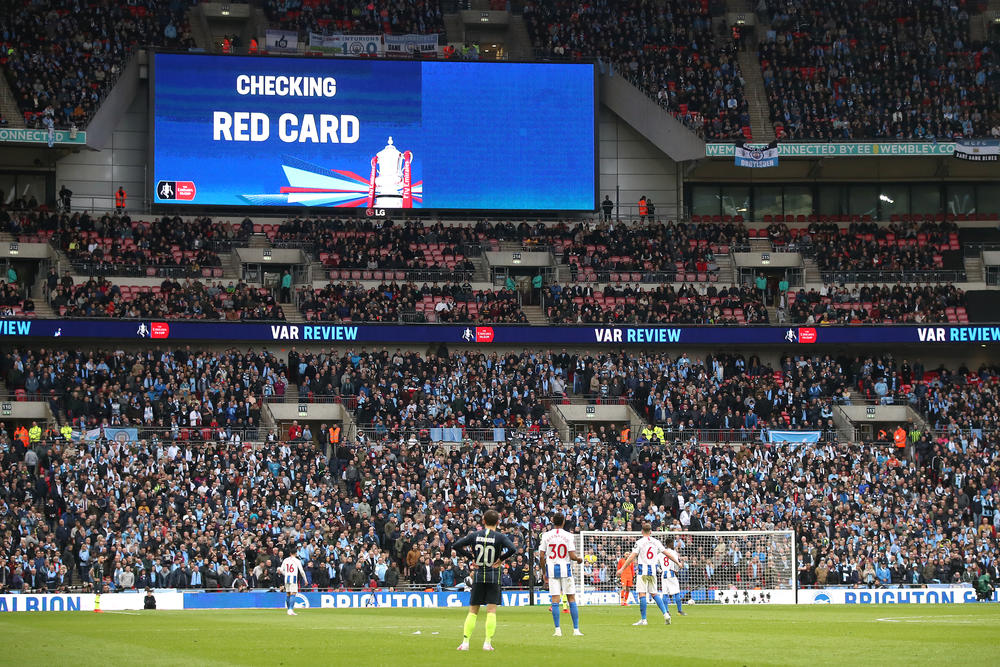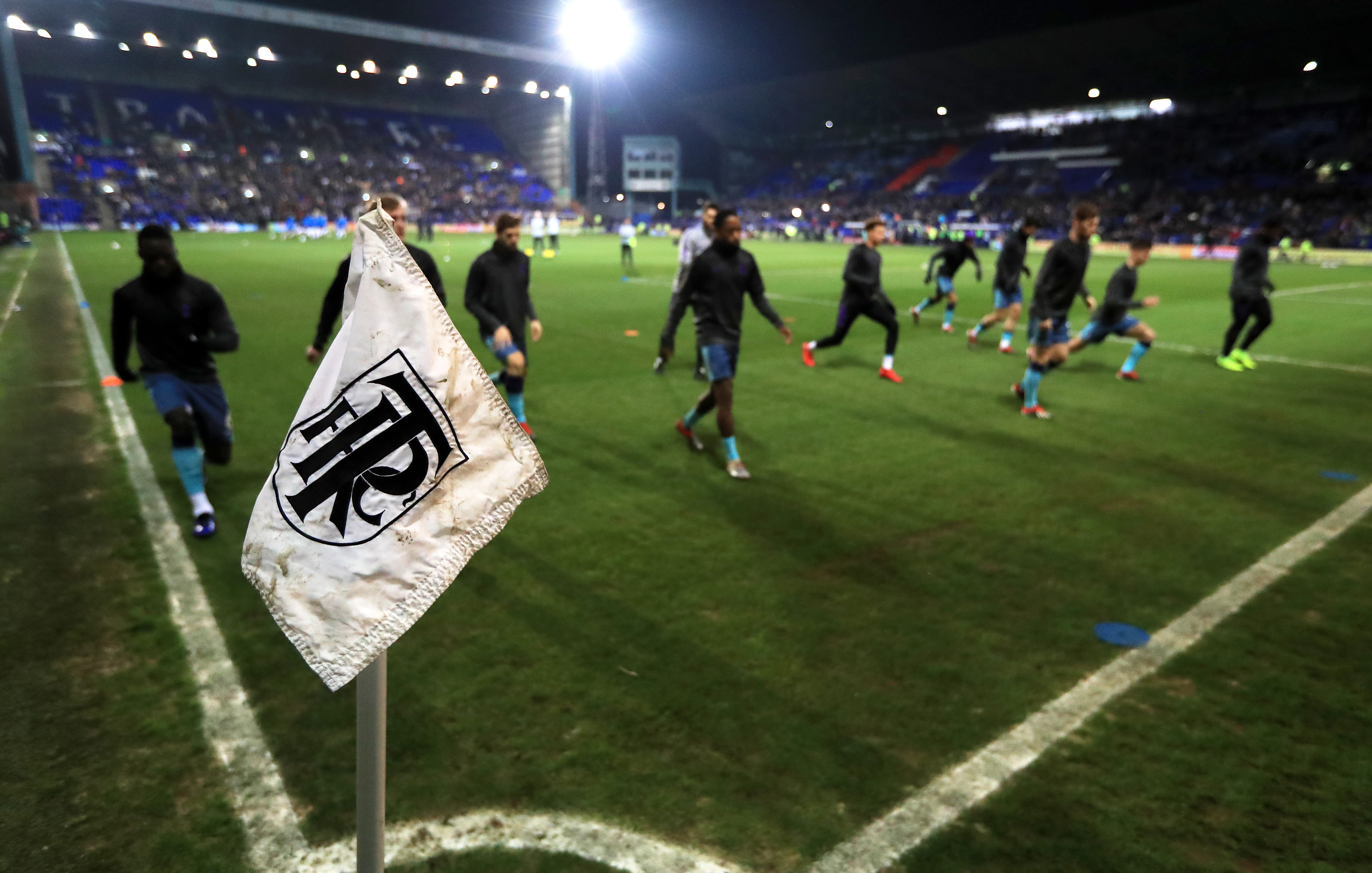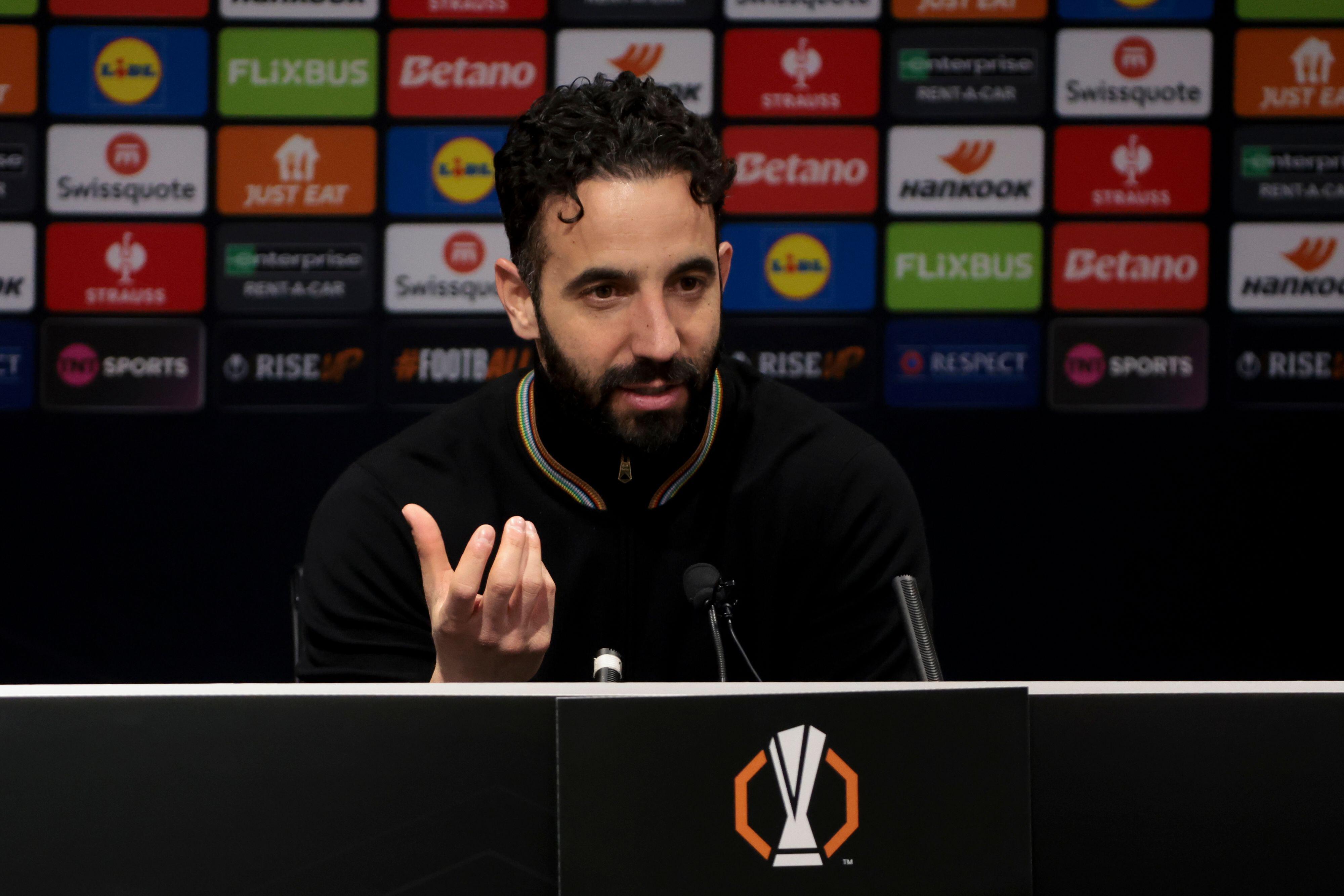FA Cup counts lowest average attendance in last decade

This year’s FA Cup will have the lowest average attendance for the competition in the last decade.
Manchester City and Watford meet in Saturday’s final, which is set to be played in front of a sell-out crowd at Wembley.
Even if that is the case, though, the average crowd in this year’s tournament will be below 12,000 for the first time this decade.
Every previous season since 2009-10 has averaged over 12,500, with the highest figure in that time being 14,085 in 2016 when Manchester United won the tournament.

This year’s tournament so far has seen an average crowd of 11,287 per game. That is sure to rise after the final, but only to around 11,800.
A crowd of 88,522 – the average of the last nine finals – would mean a season average of 11,802 while even a 90,000 sell-out would add only a further 10 to that number.
The figure is not necessarily a reflection of interest levels in the competition, as early upsets and the simple luck of the draw both play their part.
Get FourFourTwo Newsletter
The best features, fun and footballing quizzes, straight to your inbox every week.
Thirteen Premier League teams were eliminated across rounds three and four, including Liverpool in round three and Arsenal, Tottenham and Newcastle – whose St James’ Park ground has a capacity of over 52,000 – in round four. Spurs were drawn away in both their ties.

Some of the teams outside the Premier League with the largest stadiums, such as Leeds, Sheffield Wednesday and Aston Villa, also failed to progress to the latter stages.
The average attendances of 18,310 in the last 16 and 21,507 in the quarter-finals were significantly down on previous years – perhaps explained by the host clubs being Swansea, Brighton (twice each), Newport, AFC Wimbledon, QPR, Doncaster, Bristol City, Chelsea, Millwall, Watford and Wolves.
No such venue excuse exists for the semi-finals, contested at Wembley, and the 71,521 at City’s clash with Brighton made for the lowest last-four figures since 2012-13.
FourFourTwo was launched in 1994 on the back of a World Cup that England hadn’t even qualified for. It was an act of madness… but it somehow worked out. Our mission is to offer our intelligent, international audience access to the game’s biggest names, insightful analysis... and a bit of a giggle. We unashamedly love this game and we hope that our coverage reflects that.

